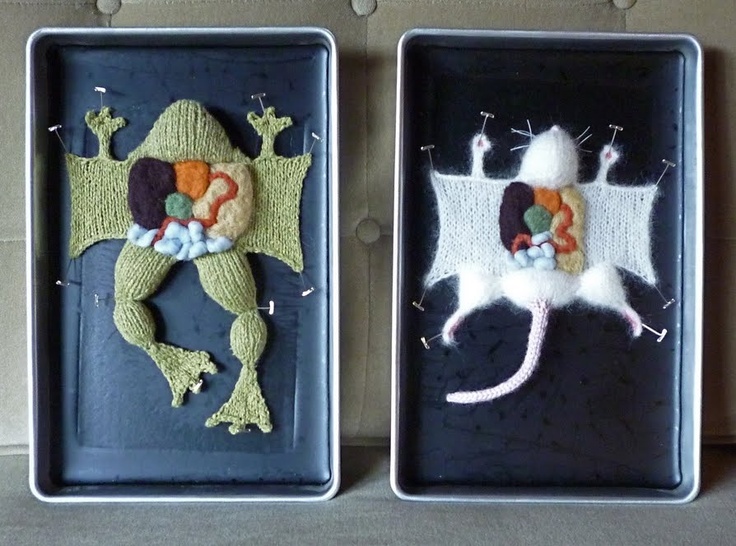Being a scientist is no easy task. The autonomy of having your own work comes with a great pressure of showing results. We must be organized, updated and resilient. Otherwise, getting a non-significant result can knock down even the most optimistic of us. All that because science is something uncertain that requires a lot of energy and time.
Not only, being a life scientist can be challenging for many other reasons. For example, how often do we talk about subjects that only other life scientist understands (or empathize with)?
Let’s take a deep breath and analyse how many times we talk about things like:
- Growing fungi and bacteria
- Euthanizing or dissecting small animals
- Talking about parasites, diseases and vectors (especially during meals)
The daily life of a life scientist covers a wide range of uncomfortable situations. However, do we really realize the oddness of these subjects? Some situations are so ordinary to us that we loose the sensibility towards it. The problem is that we reach a wide public with our researches and the way we communicate it matters.
Ok, so our job as scientists is to communicate relevant information, right? But how to do it without crossing the line of what is unconfortable to others?
For the past few years, science has become much more aware of its impact. Instead of using disturbing images, scientists decided to implement a new approach. An approach that closes the gap between ordinary people and the scientific community.
Can you image having images like these in your papers or presentations?
Instead, a much softer approach started to appear. All that to change the biased image people usually have about a life scientist and science itself.
This sensibilization movement in science communication resulted in researchers stoping to use real pictures of their experiments. In consequence, life scientist prevent people to get shocked and offended by their research.
Nevertheless, a new gap has appeared: if we don’t use real pictures any more, how to present our work visually?
As a scientist, you probably tried to use tools such and Power Point or Paintdash to fulfill your scientific illustration desires. How was that experience? Probably very frustating. Modern science requires illustrations that are friendly and functional. This combination guarantees a good feedback on how a research is presented simply because it is nice to look at and easy to understand. However, it is not easy to find this kind of illustration. Scientific illustrations are becoming more and more trending. If you are not a scientific illustrator, you may look for tools or professionals that can help with communicating your findings.
Modern science requires illustrations that are friendly and functional. This combination guarantees a good feedback on how a research is presented simply because it is nice to look at and easy to understand. However, it is not easy to find this kind of illustration. Scientific illustrations are becoming more and more trending. If you are not a scientific illustrator, you may look for tools or professionals that can help with communicating your findings.
Mind the Graph noticed this gap. Thus, we created our own scientific library available for any person. We want to expand and include all scientific fields always aiming to improve science communication.
The future of science is in showing more than telling; and letting the work speak for itself. However, this will only be possible if people feel attracted to what they see.

Subscribe to our newsletter
Exclusive high quality content about effective visual
communication in science.









